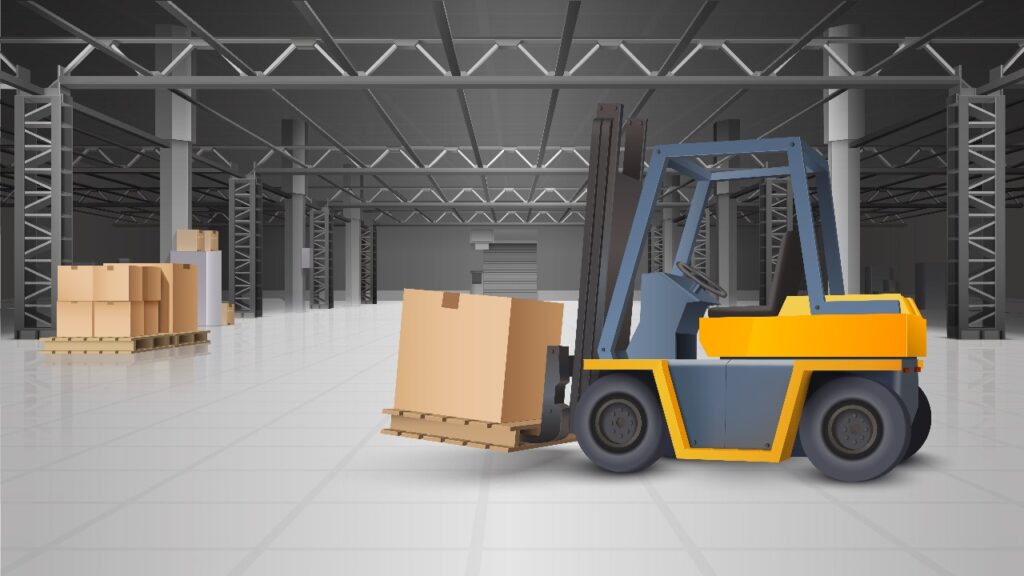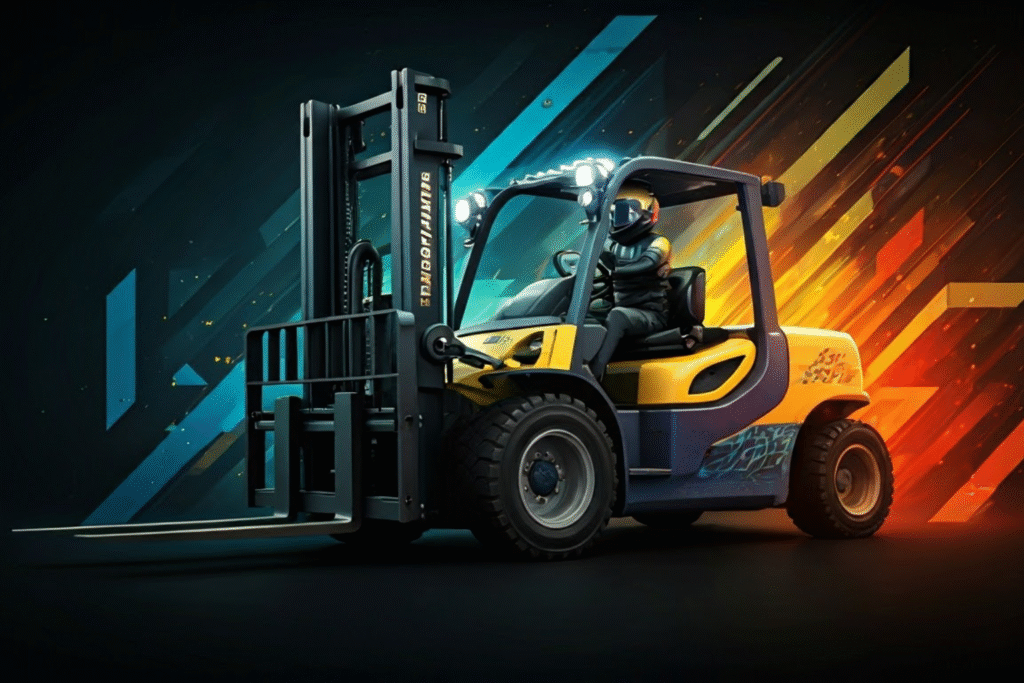Embarking on the journey of material handling, the contemporary forklift emerges as a marvel of technological innovation. Amidst its array of upgrades, one standout feature takes center stage – the forks. These essential elements, affectionately known as tines, defy the conventional method of welding directly to the forklift. Instead, they intricately connect to specialized platforms called forklift carriages. Join us as we explore the fascinating world of forklift carriages, uncovering their types and dimensions, and revealing the hidden mechanisms that empower these incredible machines.
Forklift Carriages
Situated at the forefront of most forklifts, the forklift carriage plays a pivotal role, firmly connected to the mast. The mast, or upright, is the vertical powerhouse that governs the elevation, descent, and tilt of the load. The primary feature of most forklift carriages consists of two robust metal bars – the forklift carriage bars or pallet fork carriage bars. These bars, an upper and a lower carriage bar, maintain a standardized space between them.
Every element crucial for securing a load connects to the forklift carriage. From the forks themselves to the load backrest and any accompanying accessories, the forklift carriage is the nexus of functionality. While the forks make direct contact with a load, lifting it off the floor, the load backrest ensures that a pallet or cargo rests securely against the forklift without interfering with the mast’s intricate movements.
Learn More : Where is the carriage plate on a forklift?
Forklift Fork and Carriage Dimensions
Understanding the diverse tasks a forklift can undertake requires insight into the machine’s potential lifting capacity. There exist five distinct forklift carriage classes, each determined by the lifting capacity of the machine. Let’s explore these classes:
Class 1
- Carriage height: 13 inches
- Lifting Capacity: Less than 2,200 pounds
Class 2
- Carriage height: 16 inches
- Lifting Capacity: Between 2,200 and 5,500 pounds
Class 3
- Carriage height: 20 inches
- Lifting Capacity: Between 5,500 and 10,998 pounds
Class 4
- Carriage height: 25 inches
- Lifting Capacity: Between 11,000 and 17,600 pounds
Class 5
- Carriage height: 28.66 inches
- Lifting Capacity: Between 17,602 and 24,198 pounds
While forklift carriage widths lack a universal standard, most warehouse forklifts gravitate towards class 3 or class 2 forklift carriage dimensions. To determine your lift truck’s carriage class accurately, measure the bars and the space between them. Remember, inclusivity is key when measuring – encompass the entire width of both carriage bars and the space they occupy.
It’s vital to note that while forklift carriage classes provide a reliable gauge of lifting capacity, specific load capacity information should always be cross-referenced on the forklift data plate.
Learn More : Forklift Terminology and Definitions
Hook-type vs. Pin-type Forks
An often-overlooked but critical aspect of different forklift carriage types is how the forks attach. Two broad classifications dominate this arena – hook-type forks and pin-type forks.
Hook-type Forks
Also recognized as clips, hangers, or ITA-style forks, hook-type forks represent the prevailing fork attachment in contemporary forklift usage. Characterized by L-shaped design, the horizontal section is the longest, forming the image most conjure when envisioning a forklift. Two metal hooks are welded to the back of the vertical portion, attaching securely to the upper and lower carriage bars. The precise positioning of these hooks corresponds directly to the distance between the upper and lower forklift carriage bars.
For example, all class 2 hook-type forks seamlessly integrate with class 2 forklift carriage dimensions, regardless of the manufacturer. However, it’s imperative to note that a class 3 hook-type fork is incompatible with a class 2 forklift carriage.
Pin-type Forks
Termed as shaft-mounted forks, pin-type forks find their niche on telehandlers, wheel loaders, high-capacity forklifts (15,000 pounds or more lift capacity), and older forklift models. Diverging from the hooks on hook-type forks, pin-type forks terminate in either a hollow circle or a hook. Both variations feature a small hole at the top to accommodate a locking pin.
Attaching pin-type forks involves either sliding the circle onto a round bar on the forklift carriage or hooking the fork over the carriage. Once in position, a locking pin secures the fork by engaging a notch on the carriage bar. Some pin-type forks boast telescopic capabilities, extending to variable lengths. Due to the lack of standardization for pin-type forks, custom ordering is often a necessity.
In conclusion, the intricacies of forklift carriages and forks are vast, influencing the machine’s functionality, lifting capacity, and compatibility with various attachments. Understanding these nuances is not just beneficial for operators; it’s a crucial element in optimizing warehouse efficiency and safety.



